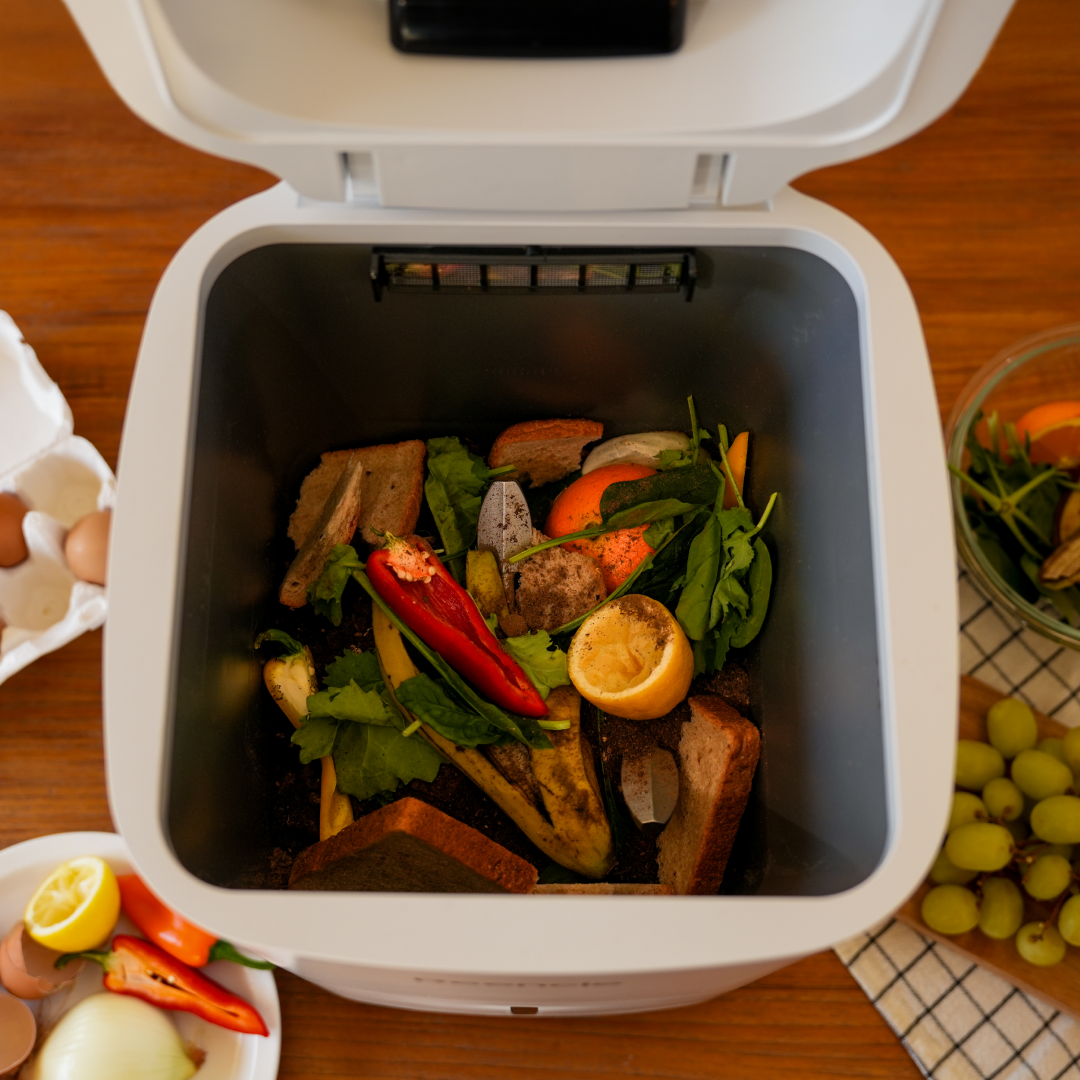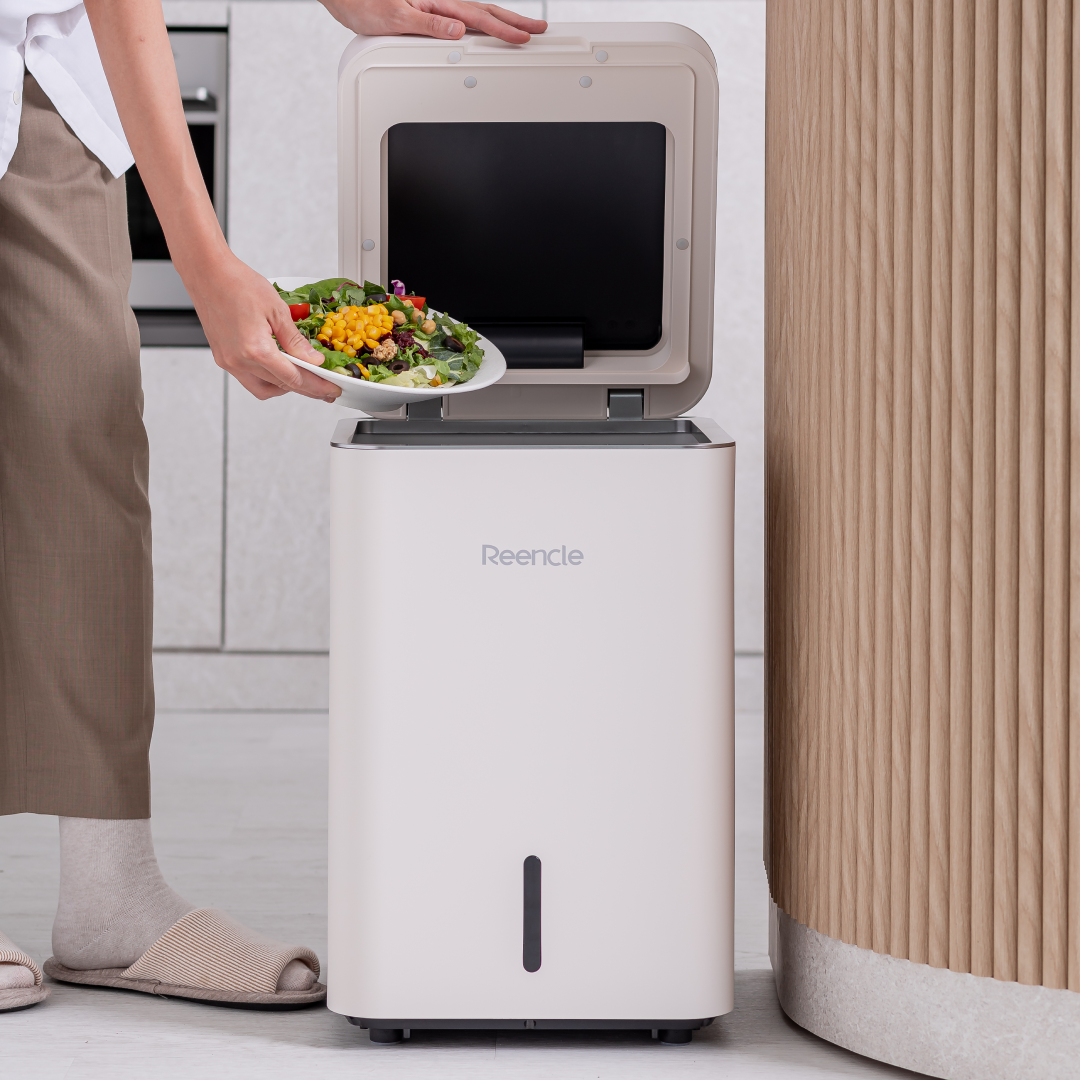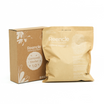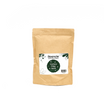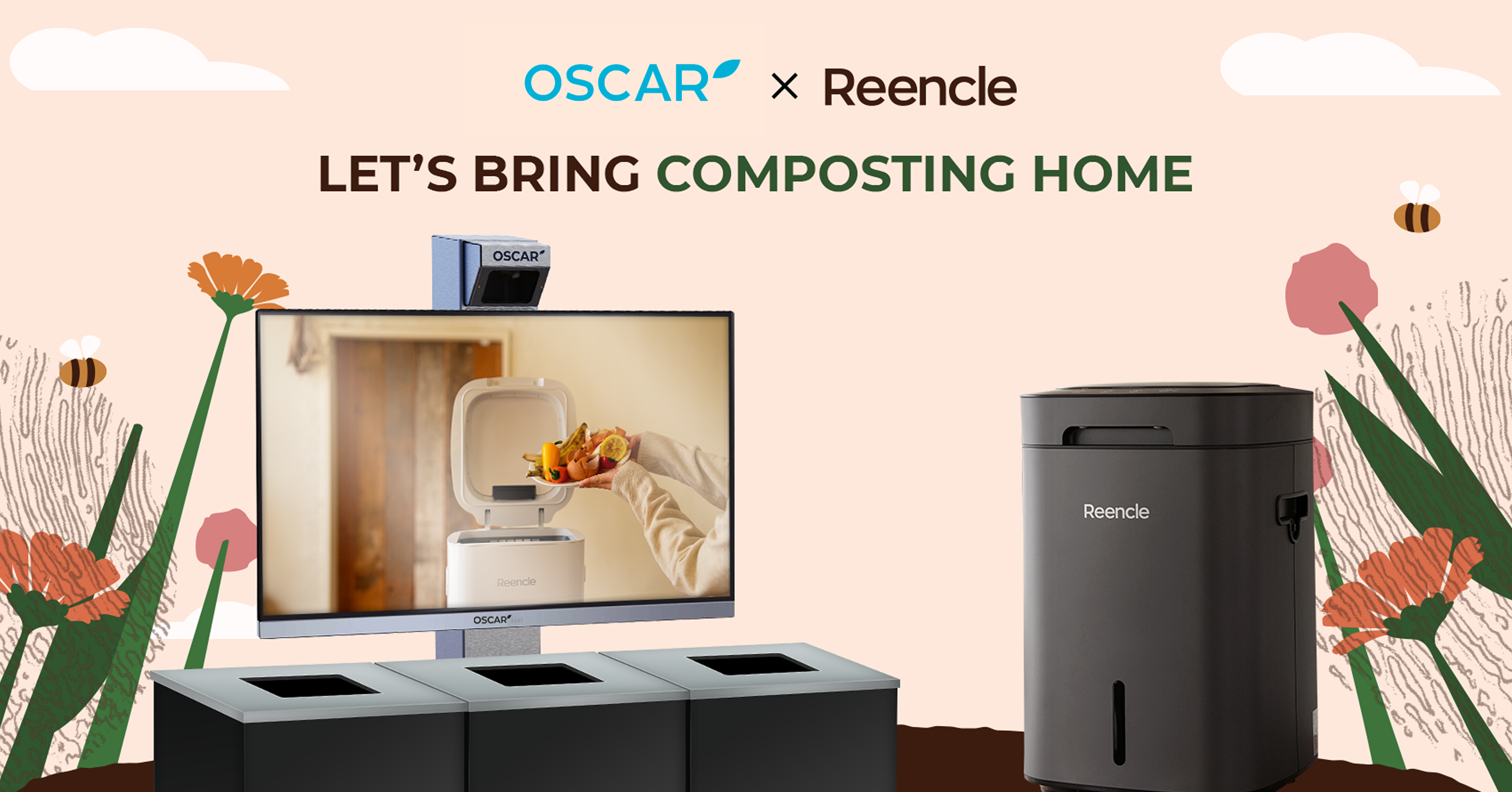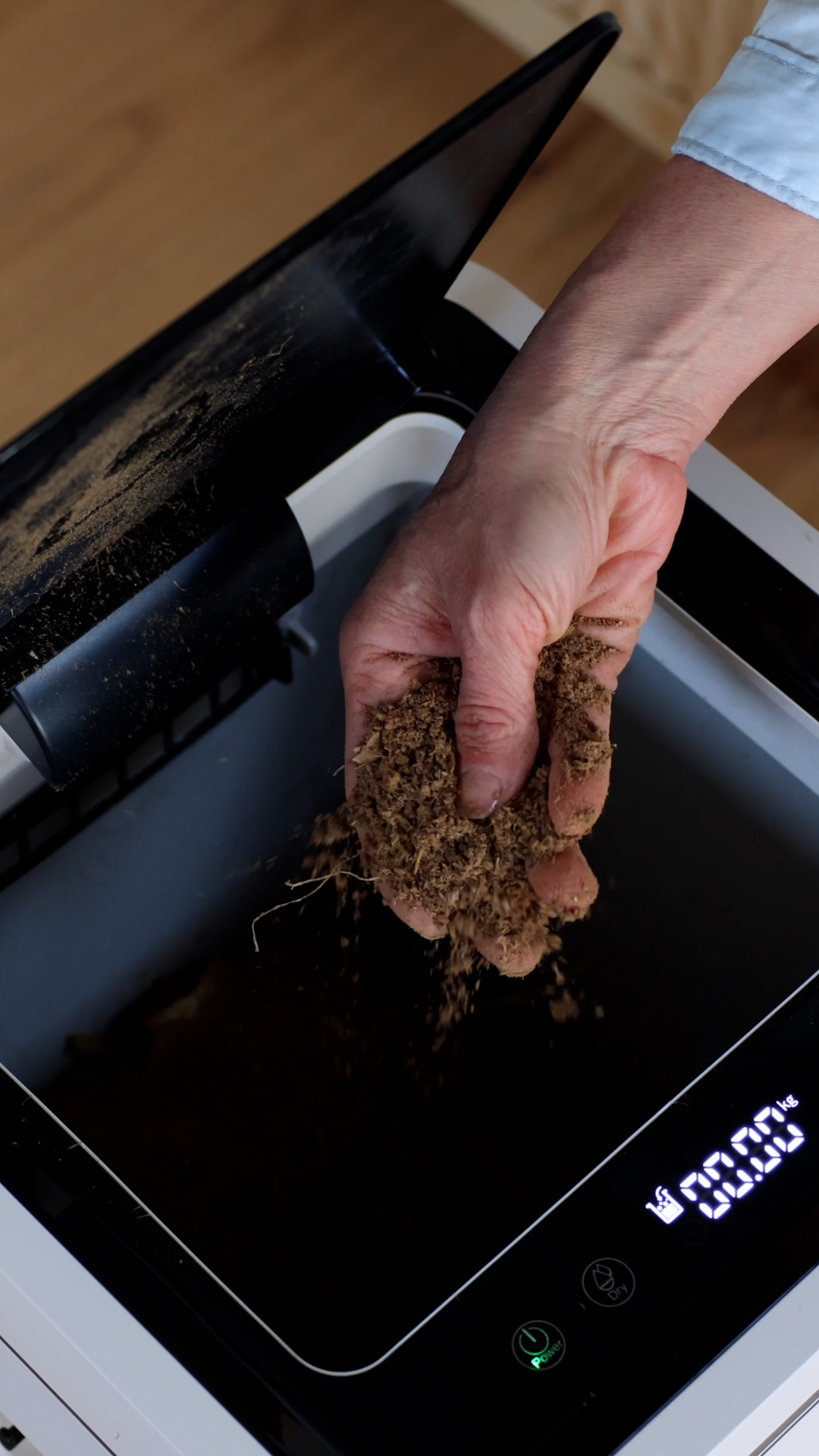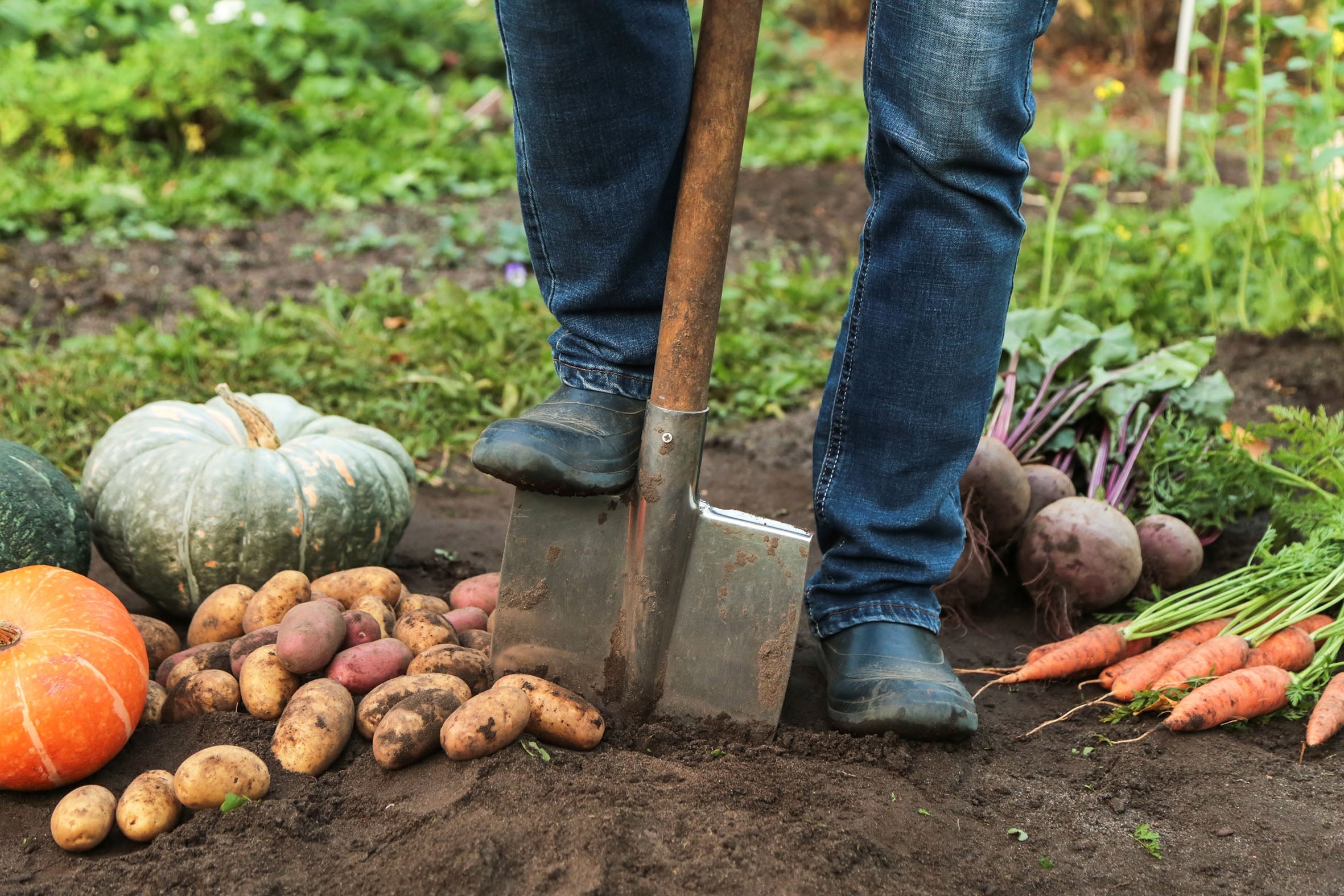Summer Composting Strategies:
Managing Heat and Moisture for Perfect Compost

Composting is a fantastic way to turn your kitchen scraps and yard waste into nutrient-rich fertilizer for your garden. However, summer's hot and dry weather can present unique challenges for maintaining a healthy compost pile. Increased decomposition rates, rapid moisture loss, and unpleasant odors are just some of the hurdles you might encounter.
But fear not, fellow compost enthusiasts! With the right strategies, you can overcome these summer challenges and ensure your compost continues to thrive throughout the summer months. This guide will equip you with the knowledge and techniques to manage heat and moisture effectively, leading to perfect summer compost.
The Challenges of Summer Composting
Composting in the summer comes with its own set of challenges, primarily centered around the dual factors of heat and moisture. Some common composting challenges include:
● Increased Decomposition Rate: Hot summer temperatures accelerate the breakdown of organic matter in your compost pile. While this might seem beneficial, it can lead to an unbalanced ecosystem and incomplete decomposition.
● Moisture Loss: Hot, dry weather causes rapid moisture evaporation from the compost pile. This can hinder the decomposition process, as microbes need a moist environment to thrive.
● Odor Issues: High temperatures and lack of moisture can create an ideal breeding ground for bacteria that produce unpleasant odors. This can be particularly problematic if your compost bin is located close to your living area.
Strategies for Managing Heat and Moisture
Don't let summer heat deter you from composting! By implementing these strategies, you can create the ideal environment for your compost to flourish:
Location
The first step towards successful summer composting is choosing the right location for your bin. Ideally, you want to:
● Find a shaded area: The first step is to relocate your compost bin to a shaded area. Direct sunlight significantly increases the temperature and accelerates moisture loss. Ideally, choose a location that receives dappled sunlight or morning sun followed by afternoon shade.
● Consider alternative options: If finding a shaded spot is challenging, you can use a covered bin or partially bury your bin in the ground. This helps retain moisture and regulate temperature.
Moisture Control
Maintaining adequate moisture is crucial for summer composting. Here are some tips:
● Regularly add water: Regularly adding water is crucial for maintaining moisture levels in the compost pile. However, avoid overwatering your pile, as it can lead to anaerobic conditions and unpleasant odors. Aim for a consistency similar to a damp sponge.
● Choose moisture-retentive materials: Incorporate materials that naturally retain moisture into your compost pile. Coffee grounds, eggshells, and green leaves are excellent examples. These materials decompose slowly, releasing moisture gradually and promoting healthy microbial activity.
● Consider a moisture-controlled bin: Several compost bins now come equipped with features like built-in moisture control systems. These systems help regulate moisture levels and can be a valuable tool in hot, dry climates.
Don't Forget Aeration
Just like humans need air to breathe, so does your compost pile. Proper aeration allows oxygen to reach the microbes responsible for decomposition. Here's how to ensure your pile gets enough air:
● Turn it up!: Adequate aeration is crucial for healthy and efficient composting. Regularly turning the compost pile with a compost fork or shovel allows fresh air to enter and facilitates the release of heat and moisture. Aim to turn the pile every week or two, more frequently during hot spells.
● Rotate Your Bin: Consider using a rotating compost bin, which allows for easier and more thorough mixing of the materials. This promotes better air circulation and optimizes the composting process.
● Let it breathe: Incorporate coarse materials like shredded branches or cardboard boxes into your compost pile. These materials create air pockets, encouraging better air circulation within the pile.
Managing Food Scraps
Summer heat can attract unwanted pests like fruit flies to your compost bin. Here's how to manage food scraps effectively:
● Store scraps strategically: Don't leave food scraps lying around for long periods. Freeze them or store them in a sealed container in the refrigerator until you're ready to add them to the compost bin.
● Chop it up: Chop food scraps into smaller pieces before adding them to the compost pile or compost bin. This promotes faster decomposition and reduces the risk of attracting pests.
Compost Pile Size Matters
Maintaining a larger compost pile helps retain moisture and regulate temperature naturally. However, space constraints are a reality for many people. Here's how to manage with limited space:
● Utilize a smaller bin: While a larger pile is ideal, you can still compost effectively with a smaller bin. Just be prepared to add materials more frequently and monitor moisture levels closely.
● Frequent additions: If using a smaller bin, add fresh materials more often, approximately every other day, to maintain an active and balanced compost pile.
Troubleshooting Common Summer Composting Problems
Fruit Flies
These pesky insects are attracted to the odors and moisture of a decomposing pile. Here are some ways to keep them at bay:
● Bury food scraps: Bury food scraps under a layer of brown materials like shredded leaves or cardboard. This helps deter fruit flies from laying their eggs on the scraps.
● Cover the bin: Use a tight-fitting lid or cover the bin with a mesh screen to prevent fruit flies from entering.
● Maintain proper moisture: Overly moist pile s are more attractive to fruit flies. Ensure your compost pile is moist but not soggy.
Slow Decomposition
Several factors can hinder decomposition during summer, including:
● Insufficient moisture: Regularly monitor and adjust moisture levels as needed.
● Lack of aeration: Turn the pile more frequently to increase air circulation.
● Imbalanced carbon-to-nitrogen ratio: Ensure you're adding a proper mix of brown and green materials to maintain a balanced ratio.
● Excessive food scraps: Adding too many food scraps at once can overwhelm the decomposing microorganisms. Add smaller amounts more frequently.
Unpleasant Odors
High temperatures and lack of moisture can lead to unpleasant odors in your compost pile. Here are some tips to help you address the issue:
● Turn the pile more frequently: This helps aerate the pile and release trapped odors.
● Adjust moisture levels: Overwatering and under-watering can both contribute to unpleasant smells. Find the sweet spot for your specific climate and compost pile.
● Bury odorous materials: If you add materials with strong odors, bury them under a layer of brown materials like shredded leaves or cardboard.
● Use a compost bin with odor control features: Some bins come equipped with filters or ventilation systems that help minimize odors.
Choose the Right Compost Bin for Summer
Selecting the ideal compost bin for summer plays a crucial role in successful composting during hot and dry weather. Here are some key factors to consider when choosing a summer-friendly bin:
Material
● Plastic: While affordable and lightweight, plastic bins tend to trap heat and can become quite hot during summer. Opt for recycled plastic bins if you choose this option, as they are more eco-friendly.
● Wood: Wooden bins offer good insulation and aeration, helping to regulate temperature and moisture. However, they may require more maintenance and can be susceptible to warping and rot over time. Choose cedar or redwood for their natural rot-resistant properties.
● Compost tumblers: These rotating bins are excellent choices for summer composting. They are easy to turn, promoting aeration and preventing the pile from overheating. Additionally, many tumblers are made of recycled plastic, offering a balance between functionality and sustainability.
Features
● Lid and ventilation: Look for a bin with a tight-fitting lid to retain moisture and deter pests. Ideally, the lid should also offer some ventilation to prevent heat build-up. Some bins even have built-in ventilation systems for optimal airflow.
● Insulation: While not essential, insulated bins can help maintain a more consistent temperature within the pile, especially in very hot climates.
● Moisture control features: Some bins come equipped with features like built-in water reservoirs or moisture control systems that help regulate moisture levels within the pile.
Size and capacity
Larger bins generally retain moisture and regulate temperature better than smaller ones. However, if space is limited, a smaller bin can still work with proper management and more frequent turning. Consider your composting needs and the amount of organic waste you generate. Choose a bin with sufficient capacity to handle your composting goals.
Conclusion
Summer composting requires some adjustments and additional care compared to cooler months. However, with the right knowledge and strategies, you can ensure your compost thrives even in heat and dryness. Remember, by managing heat and moisture effectively, encouraging proper aeration, and addressing potential problems, you can turn summer into a season of successful and rewarding composting.


